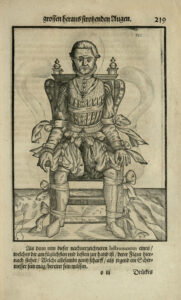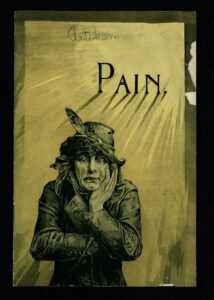– by Elijah Emerson Buchanan Doss, Visitor Services/Gallery Associate
Before influencing the West and prior to the beginning of the Scientific Revolution during the 16th century that changed modern medicine as we currently know it, Vedic texts described the relation between the movement of planetary systems and the human body centuries prior. Astrology and science were never separate entities until recently, but rather the two worked alongside of one another to explain illnesses and to treat sick patients.
According to the Vedas (the oldest scripture of Hinduism), Ayurveda, meaning, “the science of life”, is a system of medicine that is based on the highly evolved astrological system known as Vedic astrology.


